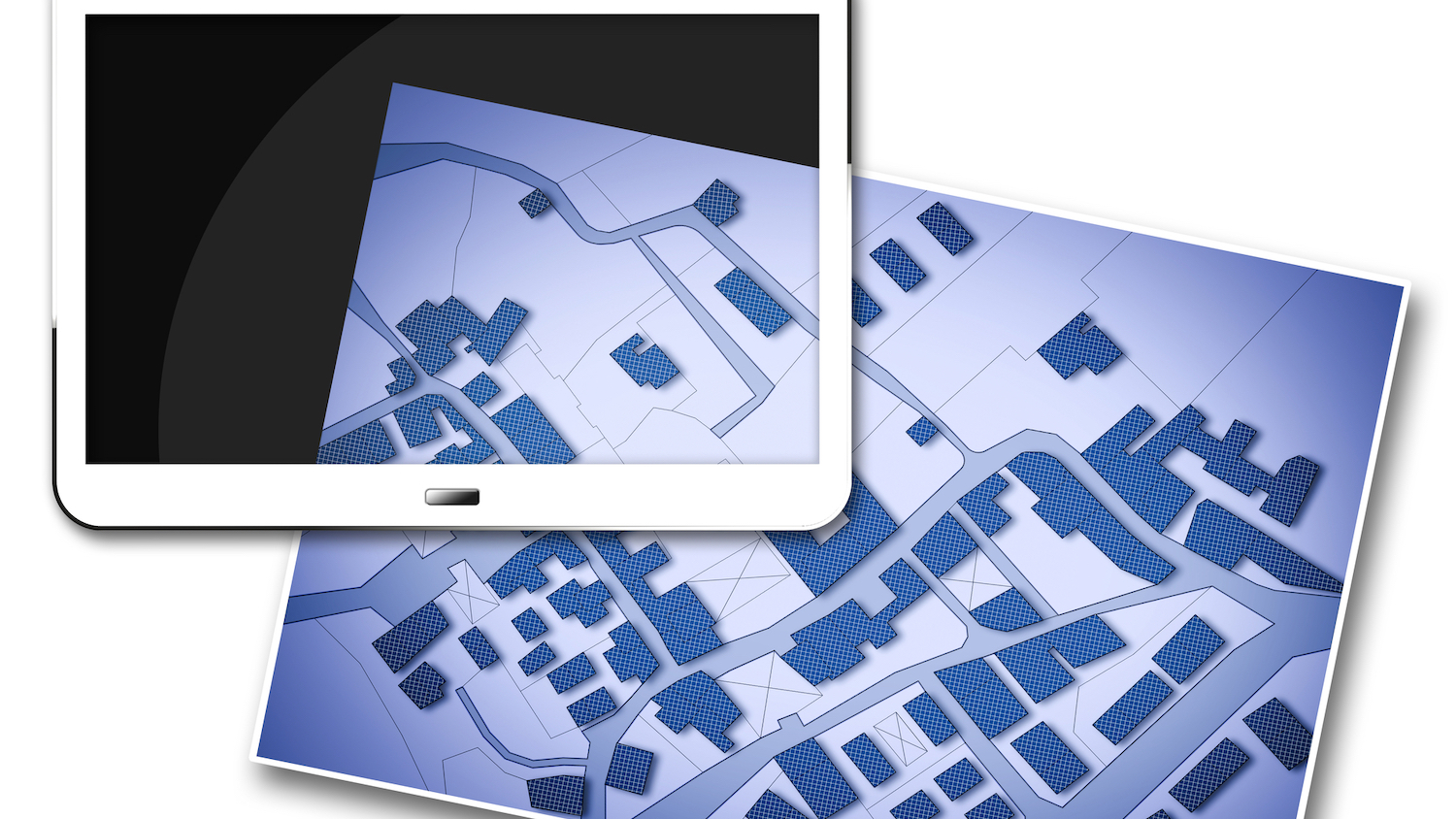
The Department for Levelling Up, Housing & Communities (DLUHC) is seeking industry feedback on its plans to digitise the planning process.
The consultation seeks views on the DLUHC’s proposals to implement the parts of the Levelling Up and Regeneration Bill that relate to plan-making, to make plans simpler, faster to prepare and more accessible.
Chapter 3 of the consultation document details the digital plans.
The government wants the planning system underpinned by standardised and open data. The Bill sets out the legislation to achieve this.
Indeed, clause 79 (processing of planning data) of the Bill is to ensure that data is consistently processed. Clause 80 (provision of planning data) ensures planning authorities no longer receive data in inconsistent formats. “This will better enable plans to be delivered faster,” the DLUHC claims.
Clause 81 (certain planning data to be made publicly available) will ensure planning data is open, enabling users to freely reuse it.
Pick and mix toolkit
The DLUHC envisions a pick-and-mix toolkit – a set of tools that can be used by different types of planning authorities, at different stages of the plan cycle, to make the process more efficient, more cost effective and more accessible.
The toolkit could comprise:
- search tools;
- dashboards;
- digital checklists;
- exemplars and best practice;
- automation tools;
- step-by-step guides;
- digital templates; and
- visualisation tools.
The DLUHC says: “By building a toolkit like this, it provides the foundation upon which more tools can be added over time – either by government, or by planning authorities, or from the proptech marketplace.
“These tools might include more sophisticated search tools for individual developers, better analytics tools for local government, automation tools to speed up labour-intensive tasks, such as processing feedback from consultations, and better visualisation tools to help all users to find the information they are looking for more easily.”
The DLUHC asks the following specific questions:
- What information produced during plan-making do you think would most benefit from data standardisation, and/or being openly published?
- What innovations or changes would you like to see prioritised to deliver efficiencies in how plans are prepared and used, both now and in the future?
It also wants to understand the challenges and opportunities.
Don’t miss out on BIM and digital construction news: sign up to receive the BIMplus newsletter.














